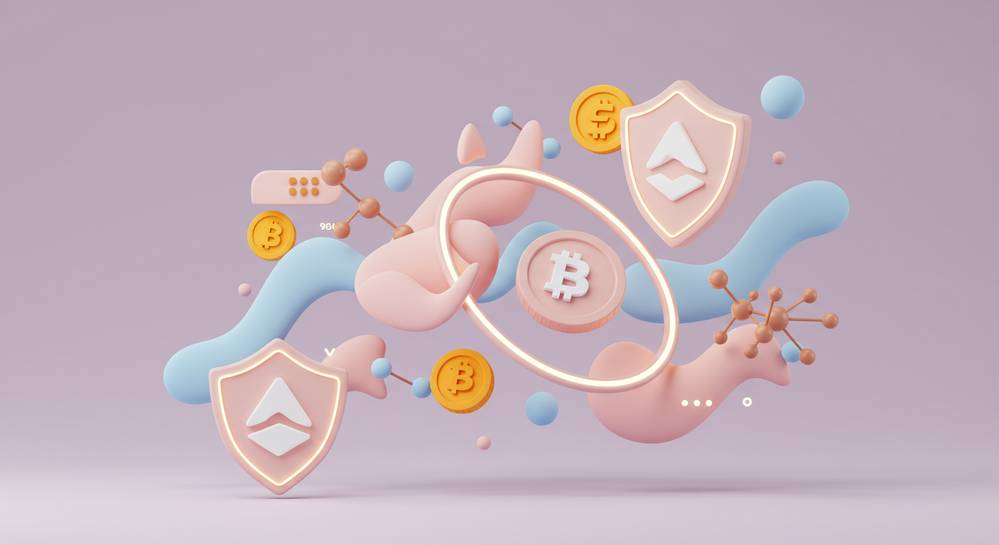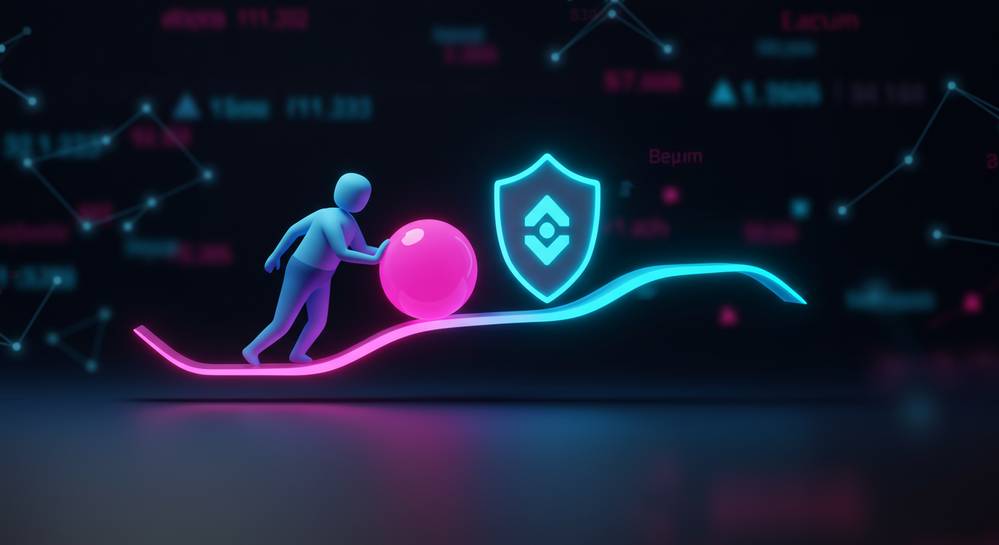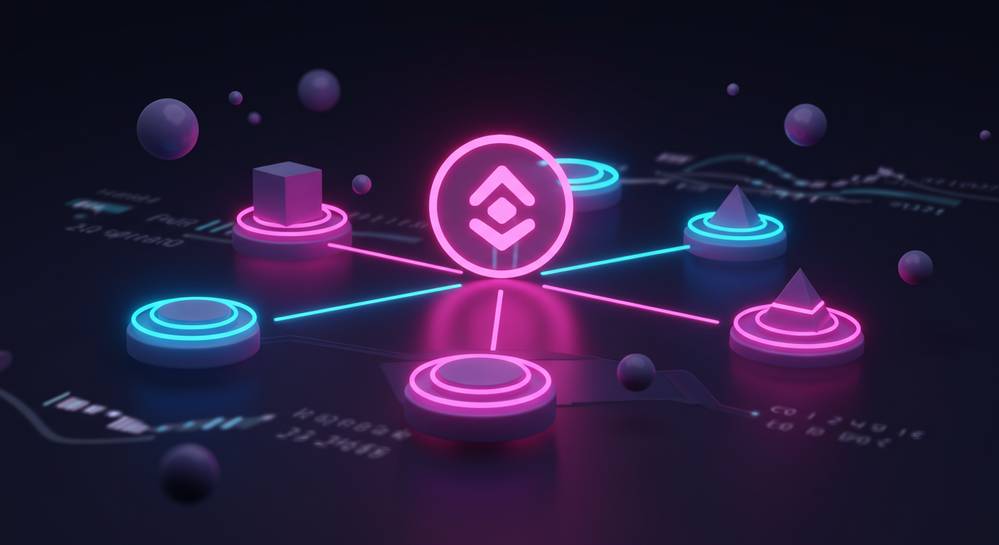Let’s dive deep, shall we? Ever asked yourself, “What is a non-fungible token (NFT)?” You’re not alone. These digital treasures are changing how we see value and ownership online. Think of NFTs as unique collectibles you can’t swap like-for-like, unlike regular dollars or bitcoins. They’re storming the net, leaving many scratching their heads. From quirky art pieces to viral internet memes, NFTs are the new tech buzz. But what makes them tick, and why are people paying top dollar for them? Stay with me as we unravel the magic behind NFTs and why knowing this could be a game changer. Buckle up! We’re about to make ‘complicated’ simple and ‘boring’ thrilling.
Understanding the Non-Fungible Token (NFT) Phenomenon
Defining NFTs: Beyond Just Digital Art
What is a non-fungible token (NFT)? An NFT is a unique digital token. It’s not like regular money you can swap for another just like it. Each NFT is one of a kind. They show who owns digital things like art or music.
Think of NFTs like collectible cards, but digital. They prove you own a special item in the digital world. You can keep it or sell it. NFTs make sure no two items are the same. This is their magic!
How Blockchain Technology Empowers NFT Authenticity and Ownership
What makes NFTs secure? Blockchain technology does! It’s a system that records info. It’s very hard to cheat or change it.
Blockchain acts like a ledger for NFTs. It lists who made and bought every NFT. This ledger gives power to NFTs. It says who really owns them. Because of blockchain, when you buy an NFT, no one can take it from you. It’s all yours.
Often, we link NFTs with Ethereum. Ethereum is a place where many NFTs are made and kept. It’s also a type of cryptocurrency like Bitcoin. But Ethereum has something special. It can handle smart contracts. These are promises in computer code. They carry out deals when certain things happen. Like when someone buys your NFT, the code runs and you get paid.
There are NFT marketplaces where you can look for and buy NFTs. Buying NFTs is like buying art. You may want to keep it, or hope its value goes up to sell later. The fun thing is, there’s lots of art and even music as NFTs. If you’re an artist, you can be an NFT creator too. You can turn your art or music into NFTs. Then, others can buy and collect what you made.
NFTs can also have royalties. This means creators can make money every time their NFT is sold again. That’s pretty cool for artists!
In the NFT world, we talk about tokens a lot. There are two kinds you should know. One is called ERC-721 and the other ERC-1155. They set rules on how NFTs work. Both are used for different reasons. But that’s a chat for another time.
Minting NFTs is like making coins. But here, it’s for digital items. When you mint an NFT, it’s like telling the world, “This digital art is mine, and now I want to sell it.” Now, gas fees in NFTs can be high. That’s what you pay for using the Ethereum network.
When you learn about NFTs, you hear about rarity and value a lot. Rare ones can be worth more. That’s called verifiable digital scarcity. It’s a big word that just means it’s rare in the digital world, so it’s worth more.
To end this, NFTs have lots of uses. They are not just for art. They can be for anything unique you can own digitally. You may hear more about this soon, as NFTs keep growing in our digital world!
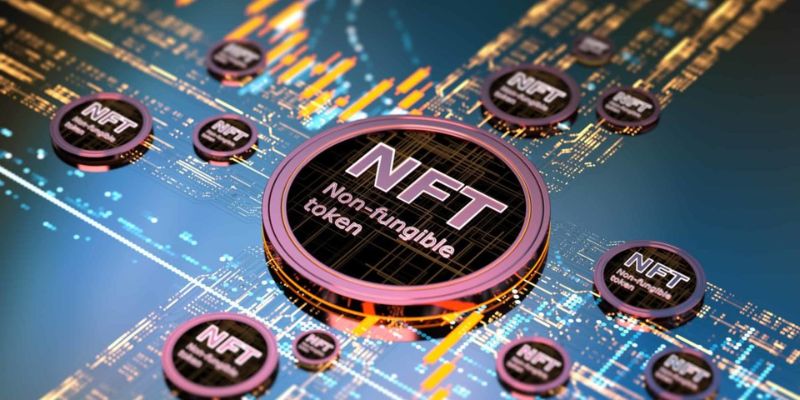
The Anatomy of NFTs: Standards, Minting, and Smart Contracts
Exploring NFT Standards: ERC-721 vs. ERC-1155
Ever scratched your head over terms like ERC-721 and ERC-1155? Don’t worry. Simply, they’re rules that guide how NFTs work on Ethereum. An NFT is like a one-of-a-kind trading card, but instead of a card, it’s a unique token on the blockchain. It’s a digital asset and can’t be swapped like-for-like, unlike normal money or Bitcoin. That’s the “non-fungible” part.
ERC means Ethereum Request for Comments. ERC-721 was the first standard for making NFTs. It lets you prove that you own a digital item, like a piece of art. Each ERC-721 NFT is special. It’s like owning an original painting. ERC-1155, on the other hand, is like a smarter, more flexible rulebook. It lets creators make a bundle of items, where some are one-offs and others might be hundreds or thousands of copies. Like having a limited edition comic book, and also the one rare comic with a special cover.
The Minting Process and Role of Smart Contracts in NFT Creation
Curious about how NFTs come alive? Let me lead you through the minting magic! “Minting” is our cool word for making a new NFT. This process locks your digital file into the blockchain. That’s the home of all NFT records. Smart contracts? They’re the rule-makers. These are like self-operating programs that run when conditions are met. No middleman needed – the contract does it all by itself!
When you mint an NFT, a smart contract will:
- Save your NFT’s unique info on the blockchain.
- Make sure everyone knows you made it.
- Even handle stuff like royalties if your art sells again.
Ethereum and NFTs are like best pals, and smart contracts are part of that friendship. They work together on the Ethereum blockchain to keep your NFT safe and secure. This means when you buy or make NFTs, they’re yours and no one else’s, tracked perfectly on the blockchain.
Minting makes your digital file into a tradable NFT that can be sold, collected, or shown off to friends. Creating an NFT isn’t too hard for artists either. You don’t have to be a coder. There are NFT marketplaces that have made the process easier, so if you’re an artist or a creator, you can get your work out there for people to buy, trade, and enjoy.
So there you have it, the nuts and bolts of NFTs laid out plain and simple. NFTs are a big deal because they give us a way to own special digital things, just like you would a signed baseball or a first-edition book. Monsters might guard treasure in video games, but in the world of digital art, NFTs and smart contracts guard your valuable and one-of-a-kind digital treasures.
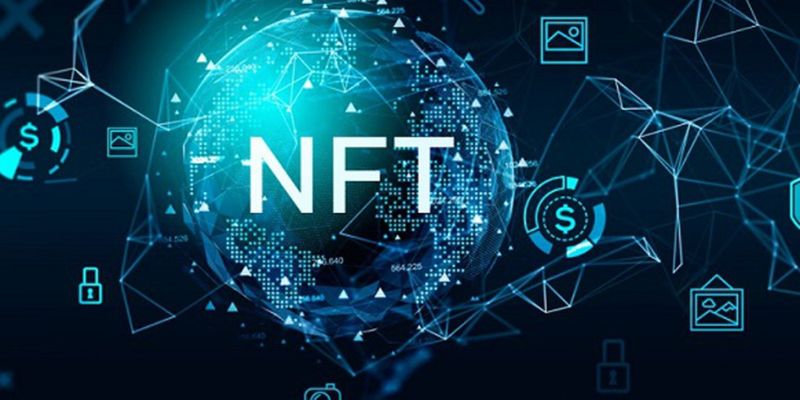
Navigating the NFT Marketplace: From Creation to Trading
A Guide to Buying and Selling on NFT Marketplaces
So, you want to dive into the world of NFTs? I’m here to guide you! NFTs are like one-of-a-kind trading cards, but in the digital world. Imagine owning an original digital painting, and the blockchain is the proof that it’s yours. That’s what NFTs offer – a way for digital assets to be unique and owned just like real-life objects.
Buying NFTs calls for a few steps. First, you’ll need a digital wallet. Think of it as your online bank account but for cryptocurrency like Ethereum, which is often used for NFTs. Then, you’ll pick an NFT marketplace. This is a place online where folks create and trade these digital treasures. On these websites, you can sift through different NFT collections just like you would browse items in an online store.
Once you spot an NFT you like, it’s time to make it yours. You can often buy it for a set price or bid on it in an auction style. After you get your NFT, it lives in your digital wallet. You can keep it, show it off to friends, or even sell it in the future if you want.
Understanding the Importance of Rarity and Value in NFT Collections
Let’s talk rarity and value because they’re super important in the NFT world. Rarity is what makes an NFT more special or valuable. Like finding a rare baseball card or a limited-edition toy. Some NFTs are one-of-a-kind, which ramps up their rarity.
The value of an NFT can shoot up based on who made it, if it’s part of a popular project, or how scarce it is. Remember, just like toys or art, not all NFTs are gonna be worth a lot. Some might never sell for more than what you paid. But when you find that rare gem, it can be worth a lot more!
Think of digital artists creating a small set of unique digital paintings. If the artist gets super famous, those NFTs could become priceless because there are only a few out there. Smart contracts on the blockchain make sure the rules of ownership and rarity are followed, so you know exactly what you’re getting.
In the end, it’s all about what you like and what you think is a smart buy. And always remember, the world of NFTs is unpredictable. It’s part of the fun, but you’ve got to be smart with your choices. With this knowledge, jump in and explore – there’s a whole world of digital art and collectibles waiting for you in the NFT marketplace!
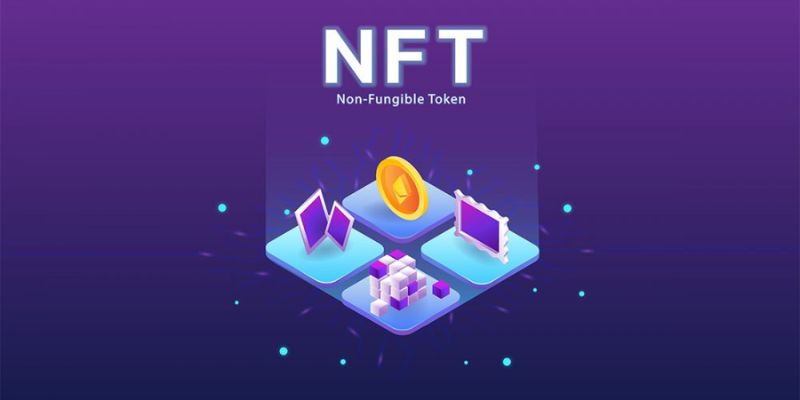
The Future and Utility of NFTs Across Different Sectors
Exploring the Application of NFTs Beyond Art: Virtual Goods and Real World Assets
NFTs are not just for art. They stretch far beyond. So, what else can you do with NFTs? Let’s dive into the world of virtual goods and real assets linked to NFTs.
You see, a neat thing about NFTs is that they can represent anything unique. Imagine owning virtual land or a one-of-a-kind sword in a game. These are virtual goods you can own for real. They’re yours because the NFT says so. Blockchains keep track. They’re like your digital deeds to these virtual treasures.
Now, think beyond games. Real stuff like houses or designer sneakers can be NFTs too. Traditionally, when you buy such items, papers called titles or receipts prove ownership. NFTs do the same but digitally and more securely. Your ownership gets tied to the blockchain. No one can say that house isn’t yours when the blockchain, with its rock-solid tech, shows your name.
But it’s not all about owning stuff. When you create digital content, like music or tutorials, NFTs help you too. They make sure creators get paid their due. With NFTs tied to your content, every time someone buys or uses it, you get a slice. This is the power of NFT royalties in your pocket.
The Role of NFTs in Content Creation and Royalties Management
As a content creator, here’s how NFTs change the game for you. You write a song. You turn it into an NFT. Every time someone streams or covers your song, you get paid automatically. Magic? No, it’s smart contracts in action!
Smart contracts are rules written in code. They live on the blockchain. They make sure every time someone enjoys your work, your digital wallet gets a little fuller. No chasing people for what they owe you. NFTs and their smart contracts do that.
And it’s not just music. Write a report, create a video, design a meme – if it’s digital, NFTs can protect it. This is true digital ownership. NFTs are changing how we think about owning and sharing ideas and art.
With the Ethereum platform leading, you find it’s simple to mint your work as an NFT. “Minting” means making a digital file into a unique digital token. This token then joins the sea of other digital assets on NFT marketplaces. But instead of getting lost, it shines because it’s unique. It’s like your digital signature on the item, proving it’s from you and it’s rare.
So whether you’re investing in NFTs, creating them, or just curious, remember this: their power goes beyond the hype. From gaming goods to house titles, from music to digital art – NFTs secure, empower, and reward. As we embrace blockchain technology, the possibilities stretch as far as the imagination can roam. Worth keeping an eye on, huh?
We’ve taken a good look at NFTs, exploring way more than just digital art. From their roots in blockchain, which makes sure each NFT is real and belongs to you, to how they’re made and what makes them special, it’s clear these tokens are a game-changer. We’ve seen how NFTs use smart tech to make sure ownership and originality stand firm.
Then we dove into how you can buy or sell NFTs, and why some are super rare and cost a lot. It’s like a big online market full of unique treasures waiting for you. And NFTs aren’t just for show; they’ve got serious uses in other places too, like in games or even in the real world, and they help artists get paid for their work over time.
It’s a bold new world with NFTs, full of chances to own a piece of the digital future. So, keep your eyes on NFTs – they’re making waves and changing the way we think about owning cool stuff online.
Q&A :
What Exactly Is a Non-Fungible Token (NFT)?
A Non-Fungible Token, commonly known as an NFT, is a unique digital asset that represents ownership or proof of authenticity of a particular item or piece of content, usually using blockchain technology. Unlike cryptocurrencies such as Bitcoin or Ethereum, which are fungible and can be exchanged on a one-for-one basis, each NFT has a distinct value and cannot be exchanged on an equivalency basis due to its unique properties.
How Does an NFT Differ From Cryptocurrency?
NFTs differ from cryptocurrencies in that they are non-fungible, meaning each NFT has unique attributes that set it apart from another. While cryptocurrencies operate as digital or virtual money and are interchangeable, NFTs represent a specific asset and act more like a certificate of authenticity. They can be anything digital, from artwork and music to collectibles and even tweets.
What Are the Uses of NFTs?
NFTs can be used in various ways, primarily involving digital content and asset ownership. Artists can sell digital art as NFTs, allowing them to monetize their work directly. In gaming, NFTs can represent in-game items, providing players with verified ownership of unique digital goods. Other applications include collectibles, digital real estate, and more, essentially anything that can benefit from indisputable proof of ownership or authenticity.
Can Anyone Create an NFT?
Yes, virtually anyone can create an NFT, provided they have a digital item to tokenize and they follow the necessary steps to mint it on a blockchain that supports NFTs. Creators often use platforms like Ethereum, Binance Smart Chain, or Flow to mint their NFTs, which involves creating a digital asset, defining its properties, and listing it on an NFT marketplace.
How Can I Buy or Sell NFTs?
Buying and selling NFTs is done through specialized online platforms known as NFT marketplaces. Some popular marketplaces include OpenSea, Rarible, and Foundation. To make a purchase, you need a digital wallet that supports cryptocurrency and the ability to interact with the blockchain network the NFT is built on. Sellers must mint their NFT on the blockchain and list it on a marketplace for potential buyers to view and purchase.

